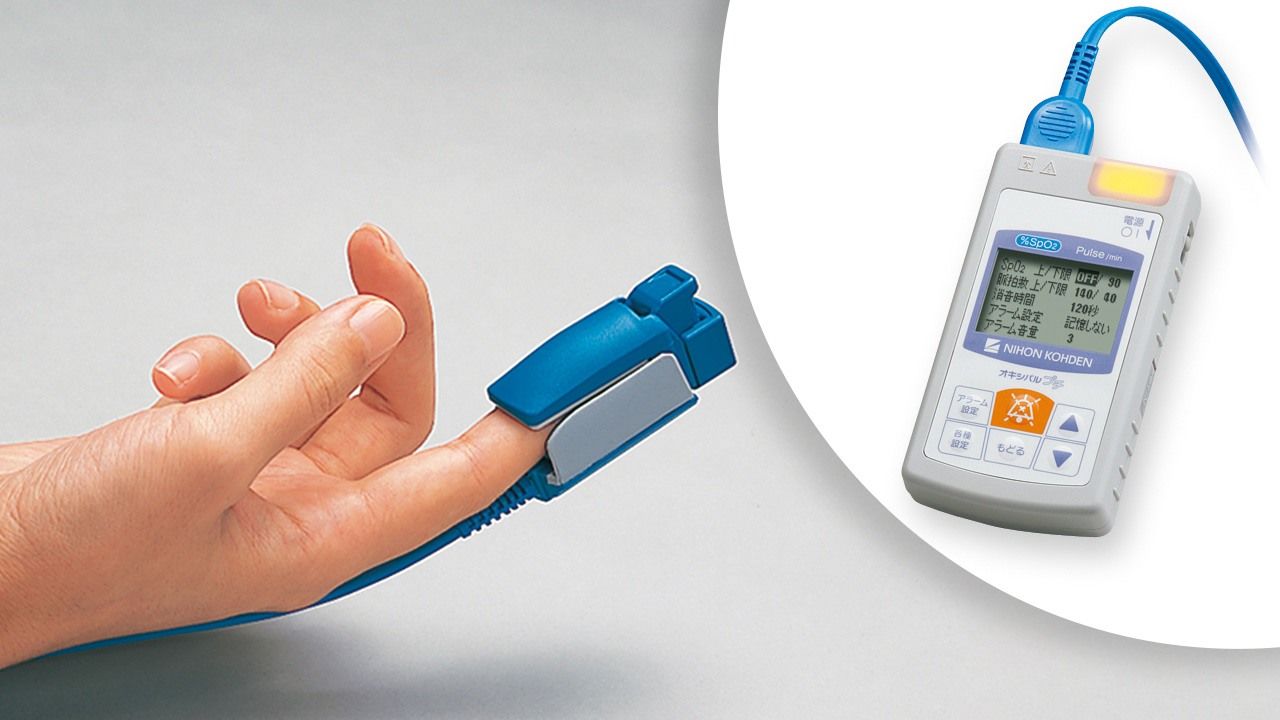
The pulse oximeter is a device that helps measure the oxygen levels in a person’s blood. It is often used in hospitals and other medical settings. But where did this device come from? How was it developed? In this blog post, we will look at the pulse oximeter’s origins and how it has evolved!
The invention of the pulse oximeter
Dr. Takuo Aoyagi, a Japanese Bioengineer, is credited with inventing the first pulse oximeter in 1971 while working at Nippon Denki (now known as Panasonic). At the time, Dr. Aoyagi was working on a project to develop a device that could measure blood oxygen levels in astronauts during spaceflight.
Dr. Aoyagi’s invention was based on an earlier invention by Samuel M. Talbot and Hsue-Shen Tsien, who had developed a similar device in the 1960s. However, Dr. Aoyagi’s invention was smaller and more portable than the earlier version, making it more practical for hospital settings.
Since its invention, the pulse oximeter has undergone several improvements and refinements. Today, pulse oximeters are small, lightweight devices that can easily attach to a patient’s finger. They are commonly used in hospitals and other medical settings to monitor patients’ oxygen levels.
The functions of pulse oximeters
Pulse oximeters are small, portable devices that measure blood oxygen levels. They are commonly used in hospitals and other medical settings to monitor patients’ oxygen levels.
Pulse oximeters work by shining a light through the skin and measuring how the blood absorbs much light. Oxygenated blood absorbs more light than deoxygenated blood, so the amount of light absorbed can be used to calculate the oxygen levels in the blood.
Pulse oximeters are non-invasive and easy to use, making them a popular choice for monitoring patients’ oxygen levels. They are also relatively inexpensive, making them a good choice for use in developing countries with limited resources.
Pulse oximeters are essential for helping detect and treat respiratory problems. They can be used to monitor patients with chronic lung diseases, such as COPD, and to help diagnose and treat acute respiratory issues, such as pneumonia.
Pulse oximeters are also used in many other settings, such as during exercise or altitude training, to monitor athletes’ oxygen levels. Pilots and astronauts also use them to monitor their oxygen levels during flight.
Pulse Oximeters in home and hospitals
Pulse oximeters are commonly used in both home and hospital settings. In the hospital, pulse oximeters are often used to monitor patients at risk for respiratory problems.
In the home, pulse oximeters can be used by people with chronic lung diseases, such as COPD, to monitor their oxygen levels. Healthy people can also use them to check their oxygen levels during exercise or after spending time at high altitudes.
Market available for your medical equipment needs
At Yes Med, we offer a wide range of pulse oximeters to meet your needs. Whether you are looking for a pulse oximeter for home use or in a hospital setting, we have various options to choose from.
Our selection of pulse oximeters includes both handheld and tabletop models. We also offer a wide range of accessories, such as finger sensors and carrying cases.
If you have any questions about our products or need help finding the right pulse oximeter for your needs, don’t hesitate to get in touch with us today! We would be happy to help you find the perfect device for your needs.
While Yes Med offers a wide variety of pulse oximeters, we understand that not everyone has the exact needs. That’s why we offer customization options for our products. If you have specific requirements for your pulse oximeter, we can work with you to create a custom device that meets your needs.
If you are interested in purchasing pulse oximeters, please contact us for more information.
